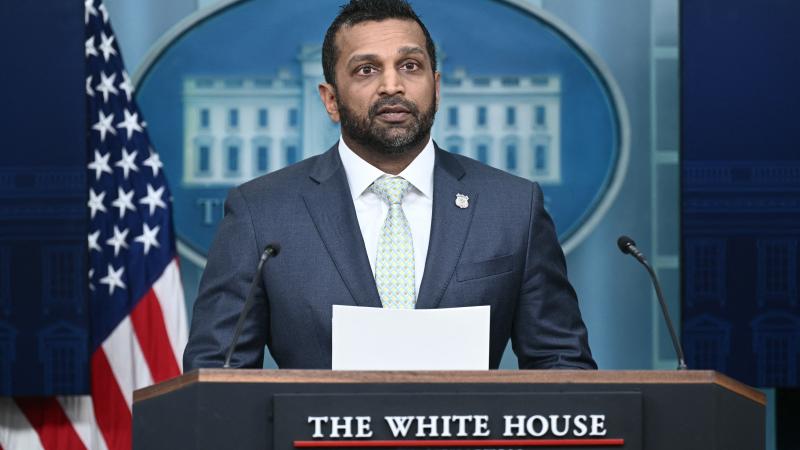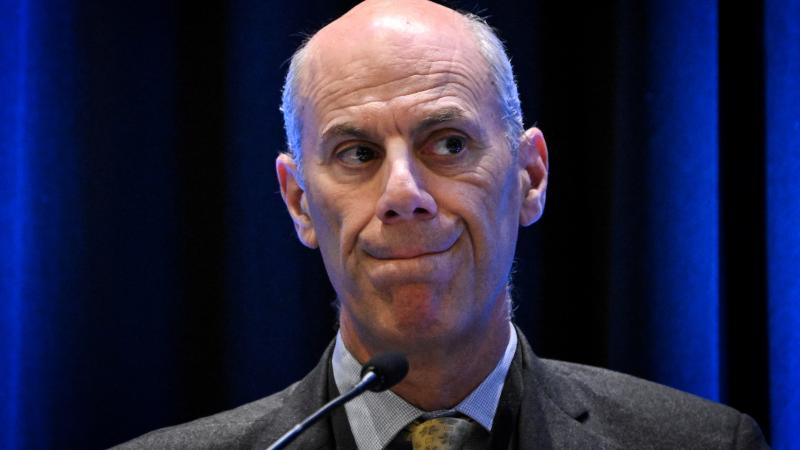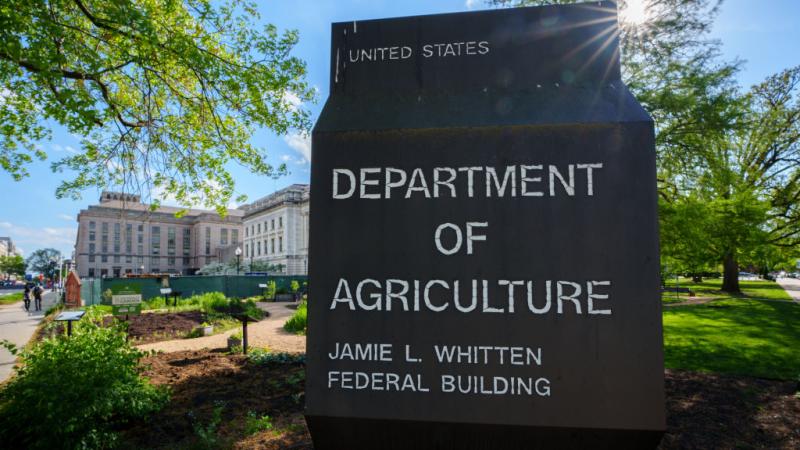Feds catch more than 460 known, suspected terrorists in nine months, most at northern border
“What's happening is the greatest national security threat since 9/11,” former U.S. official warns.
There have been hundreds of known or suspected terrorists apprehended at the northern and southern borders in the current fiscal year, according to U.S. Customs and Border Protection data.
As foreign nationals illegally enter the U.S. and are apprehended, U.S. Customs and Border Protection Office of Field Operations agents screen them against a federal Terrorist Screening Dataset, which includes sensitive information about terrorist identities. It originated as a consolidated terrorist watch list "to house information on known or suspected terrorists, or KSTs, but has evolved over the last decade to include additional individuals who represent a potential threat to the United States, including known affiliates of watch-listed individuals," CBP states.
As of June 15, OFO agents apprehended 53 KSTs at southwest border ports of entry and 284 at northern border ports of entry, totaling 337. CBP's fiscal year begins on Oct. 1.
They also apprehended 125 KSTs between ports of entry at the southern border and two between ports of entry at the northern border, totaling 127 KSTs fiscal year to date.
Combined, they've apprehended 464 known or suspected terrorists.
That's nearly a 30% increase in one month after previous increases were roughly 87%.
Roughly one month ago, The Center Square reported OFO agents apprehended 332 KSTs at both borders. They apprehended 125 at the southern border (45 KSTs at ports of entry and 80 between ports of entry) and 207 at the northern border (205 at ports of entry and two between ports of entry).
These numbers were up from 284 KSTs apprehended by March, which was significantly up from 38 apprehended by January, an 87% increase in just two months.
By comparison, in fiscal 2022, 478 KSTs were apprehended in fiscal 2022. Agents apprehended 165 at the southern border (67 at ports of entry and 98 between ports of entry) and 313 at northern border ports of entry.
Department of Homeland Security Secretary Alejandro Mayorkas maintains that the border is closed and secure. He's refused to resign despite growing calls for him to do so. Multiple attorneys general and members of Congress have called for his impeachment.
While border security experts acknowledge the commendable work of OFO agents in apprehending known or suspected terrorists, they also express concern about how many have illegally entered the U.S. unabated.
Last month, former acting director of Immigration and Customs Enforcement under the Trump administration Tom Homan warned, "What's happening is the greatest national security threat since 9/11. Border Patrol has arrested people from 171 countries. Many of these countries are sponsors of terrorism."
He also pointed to the record number of gotaways, those who've illegally entered the U.S. and evaded capture by law enforcement, totaling over 1.7 million reported by Border Patrol agents since the president's been in office – that number's since gone up.
"If you don't think a single one of the 1.7 million is coming from a country that sponsors terrorism, then you're ignoring the data," Homan said. "That's what makes this a huge national security issue."
While many have focused on the southern border, a congressional Northern Border Security Caucus was formed in March to call for additional security along there. It's mainly left unmanned when comparing the amount of personnel to square mileage.
The U.S. northern border is the longest international border in the world, spanning 5,525 miles. Fourteen states share the U.S.-Canada border; 13 to Canada's south and Alaska to its west.
By comparison, four states share 1,954 miles of the U.S.-Mexico border, with Texas sharing the most of 1,254 miles.
















